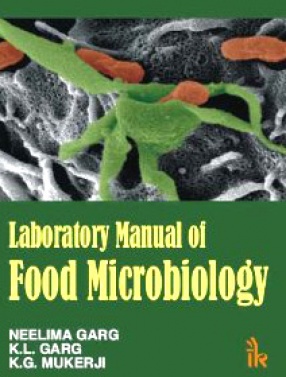
K.G. Mukerji

Showing all 14 books
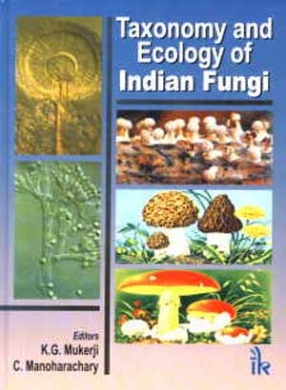

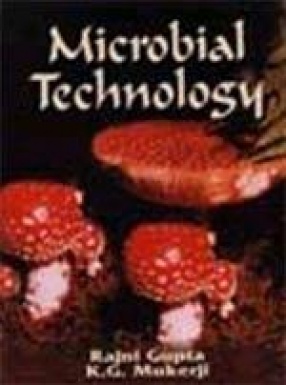


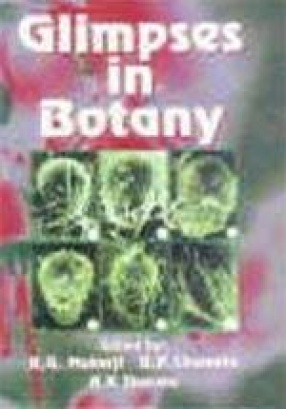

Principles of Laboratory Food Microbiology serves as a general laboratory guide for individuals in quality control, quality assurance, sanitation, and food production who need to increase their knowledge and skills in basic and applied food microbiology and food safety. This is a very useful book for food industry personnel with little or no background in microbiology or who need a refresher course in basic microbiological principles and laboratory techniques. ...

Fungal world embodies diversified groups which colonize, multiply and survive in nature on many macro and micro-ecological niches and substrates. Fungi are eukaryotic, achlorophyllous, filamentous or unicellular living organisms which are ubiquitous and cosmopolitan in distribution. Of the estimated 1.5 million fungal species, more than 98,000 fungal species have been described. Approximately 28,000 fungal species are reported from India. The fungi play an ...

The present book consists of 30 reviews on important pest and diseases of cash crops, cereals, oilseeds, vegetables, fodders, fruits and pulses etc. Most of these articles have been prepared by authorities in their respective areas. There is a worldwide swing to the use of ecologically safe, environment friendly methods of protecting crops from pests and pathogens. Most modern biotechnologists and common man are of the opinion that dependence on expensive and ...

Biodeterioraton is a vast and multidisciplinary problem and during the last two decades enormous amount of research work has been done on various aspects of the science. This book (in two volumes) is an attempt to present a complete account on the subject of biodeterioration and biodegradation. Different chapters have been contributed by internationally renowned authorities in the field. Current and future trends in the field have been thoroughly examined in ...

Biotechnological potential of microorganism and the implications of their metabolism as well as their products in all spheres of human civilization such as agriculture, industry and medicine, have been of tremendous importance in recent times. This book "Concepts in Applied Microbiology and Biotechnology" is the first of its kind which embodies....chapters giving a comprehensive account of microbial taxonomy, ecology, genetics and molecular biology ...


In agriculture economy of India, oilseeds stand next only to foodgrains in acreage, production and value. India witnessed 26.95% (21.42 million tonnes) increase in production during VIII plan over VII plan (16.92 million tonnes). This increase in production was contributed both by increase in area as also yield level. The country will be required to produce 27 million tonnes of oilseeds by the end of IX plan as against the present production level of 21.5 million ...

Biotechnology concerns the practical application of organisms or their components. Historically biotechnology was an art involved in the production of vines, beers and cheeses. Now a days it involve a series of advanced technologies spanning biology, chemistry and process engineering. In recent years discoveries regarding genetic engineering have had a major impact on biotechnology. Its application are varied including the production of new metabolites, drugs, ...
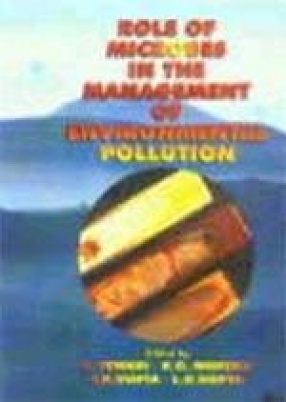
This volume contains key papers from the National symposium, "Role of Microbes in the Management of Environmental Pollution". The symposium was held at Chandigarh on 13th and 14th November, 1998. The key subject areas addressed in the symposium were the issues of exploring and exploiting the microbial diversity in bioremideation of hazardous pollutants. This book will serve as an inspiration and an aid to students, researchers and professionals involved ...

This is the first book on lichens from India. This includes sixteen chapters. The first chapter gives a general account about lichens. The remaining fifteen chapters are on various aspects of geographical distribution of these lichens and their taxonomy. One interesting chapter is on lichen-mite association. Two chapters are on the role of lichens in degradation of monuments. Nine chapters are on lichens from various regions of India, Nepal and Sri Lanka. One ...

This book encompasses all the major fields of pure and applied botany. Brimming with current references, this volume is a useful resources. Anyone, interested in anatomy, embryology, forestry, mycorrhizae, plant pathology, microbial ecology, fungi and fungal processes in general will find a great deal of readily available information. This book will undoubtedly act as a springboard for innovative investigations into plant sciences in the next decade.

During the last decade major changes have occurred in our perception of seeds, thus the potentials of utilization of seeds have increased hundreds of fold. The present book, Current Concepts in Seed Biology, encompasses all the major fields of pure and applied studies on seeds, including structure, morphology, embryology, pathology, physiology, evolution and economic importance. The book will be highly useful to scientists and research scholars working in the ...

This book contains original articles on various aspects of botany including ethnobotany, palaeobotany, plant pathology, applied mycology, biotechnology and forestry. Such a varied and up-to-date is bound to make it useful to the botanists, agriculturists, foresters and scientific management advisers and administrators. The contributors are well known in their specialised fields of research and they have made sincere efforts to make their papers as recent and ...
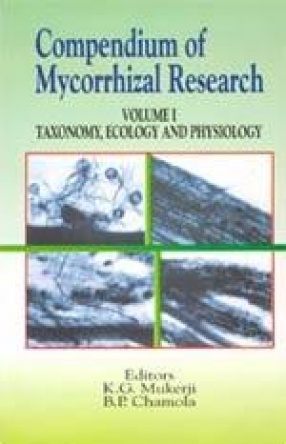
These books (Vol. I and II) are compilations of publication of Professor Mukerji and his students. The first volume includes 27 chapters on taxonomy, ecology and physiology of mycorrhizal fungi. The second volume consist of 25 papers on role of mycorrhiza to biotechnology. Forestry, agriculture, biocontrol of plant diseases, interacation with soil microflora and sustainable agriculture.
